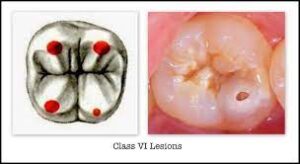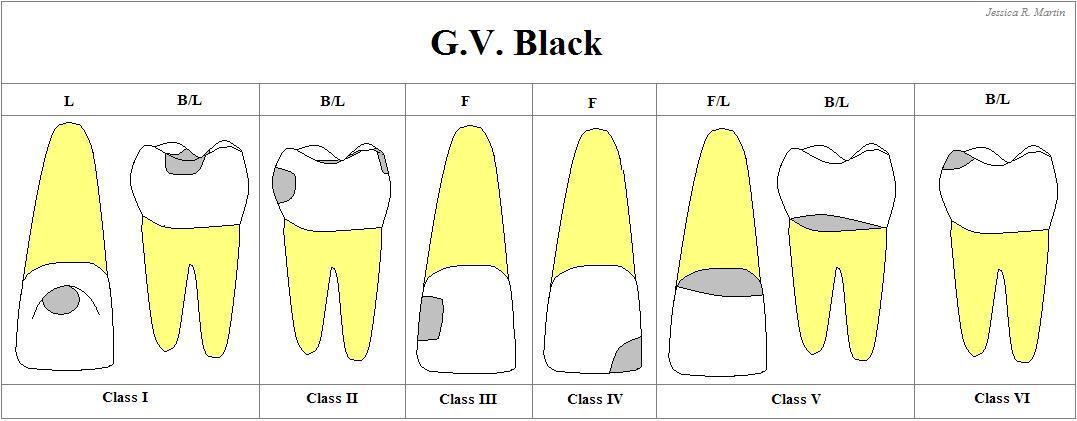When I was in my 2nd year of BDS I used to assist interns when they took OPD in the Department of conservative dentistry and Endodontics. I saw them writing, along with dental caries they had added the term “Class I dental caries or Class II dental caries, etc”.
Then I asked one of my interns why you didn’t just write only dental caries. She told me that, we have to specify which type of caries it is like, whether including the proximal wall or incisal area or gingival third or occlusal caries.
Her case sheet looked like this:
“Class II dental caries irt 26
Class III dental caries irt 11
Class IV dental caries irt 21
Class V dental caries irt 12
etc….”
This made me think more and when I reached my room I opened Sturdevant text book.
Before going to this let me explain briefly about dental caries and some terms used.
Spoiler:
If you are a regular reader of my blog you might know I write all my content lengthy and in-depth. This is for you to understand the basics and more. If you feel it is a lengthy article, feel free to navigate using the table of contents below.
Contents
Basics About Dental Caries
According to Sturdevant dental caries is defined as ” Irreversible microbial diseases of the calcified tissue of the teeth charectorised by demineralisation of inorganic portion and distruction of the organic substance of the tooth which leads to cavitation”.
Before I explain the classification I would like you to know about different tooth surfaces, without which you won’t be able to understand GV Black’s Classification.
If you are aware of the same, then you can skip to the next section.
| Occlusal: The area of the tooth used for grinding or chewing. |  |
| Lingual: The region of a tooth’s surface that faces and is closest to the tongue. | 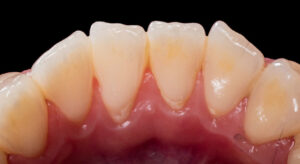 |
| Buccal: The tooth’s crown that is closest to your cheeks. | 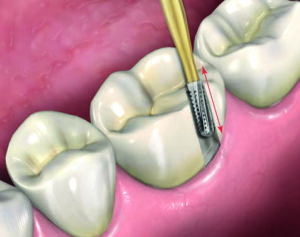 |
| Proximal: The area where adjacent tooth surfaces are located | 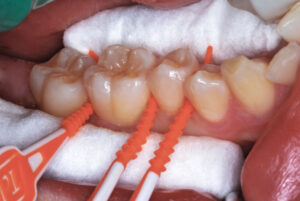 |
What is GV Black Classification?
There are many classifications for dental caries and the most accepted one is GV Black’s Classification.
GV Black has introduced a classification for dental caries which is widely used in dentistry and is based on the location of the caries of the tooth. Dental caries can be classified into 6 classes from Class I to Class VI based on the location of the caries.
Who is GV Black?
GV Black also known as Green Vardiman Black was the founder of modern dentistry. He has many research projects in dentistry like dental fluorosis, cavity preparation, and tooth preparation. According to his principle of tooth preparation the phrase” extension for prevention” is still famous in the dental community today. You can go through the book “Manual of Operative Dentistry” for more concepts and ideas about him.
Awards
- 1870: Invented Cord-driven foot engine with a foot motor. Used till the late 90s by most of the dentists.
- 1871: Patented for an improvement in dental drills (US117733) and an improvement in universal joints (US117732).
- 1877: Reissued patent for his dental drill (USRE7452).
- 1883: Prepared first book “The Formation of Poisons by Microorganisms”
- 1890: Published the first edition of his Dental Anatomy followed by many phenomenal books namely Operative Dentistry (2 volumes), The Periosteum and Peridental Membrane, and Special Dental Pathology.
- 1891: Standardized the rules of cavity preparation and filling.
- 1896: Standardised the formula of amalgam with his knowledge of material science, which had been used almost unchanged to date.
- 1896: Proposed classification of dental caries and standardized dental terminologies. Credited with the first acceptable nomenclature for and classification of hand instruments.
- Awarded ‘The Miller Prize’ for his contribution to the advancement of dentistry.
- Awarded ‘Doctor of Science’ by the Missouri Dental College and later by the Illinois College and University.
- Awarded ‘Doctor of Medicine’ by Chicago Medical College.
- Awarded ‘Doctor of Law’ by the North Western University Dental School.
- Awarded ‘Fellowship Medal’ by The Dental Society of the state of New York.
- 1897: Became second dean of Northwestern University Dental School.
GV Black Classification – Short & In-depth
CLASS I – The Most Common
- Caries involving the pit and fissure on the occlusal surface of premolars and molars.
- Caries involving the occlusal third of premolars and molars.
- Caries involving the lingual surface of anterior teeth. It is the most commonly found.
CLASS II
- Caries involving the proximal surface of molars and premolars.
CLASS III
- Caries involving the proximal surface of the central incisor, lateral incisor, and cuspids without involving the incisal angle.
CLASS IV
- Caries involving the proximal surface of the central incisor, lateral incisor, and cuspid involving the incisal angle.
CLASS V
- Caries involving the gingival one-third of the facial or lingual surface of anterior and posterior teeth.
CLASS VI
- Caries involving the cusp tip of the molar, premolar, and cuspid.
GV Black Classification Chart
Conclusion.
I tried my best to include all the information regarding GV Black Classification in this article. So just winding up the article, there are six classifications according to GV Black and this is the classification all the dental students are referring to.
It is because of the easiness of understanding of each type by different characteristics.
If you found this article interesting, please share it with your dental friends. For more regular content like this, subscribe to our newsletter and social media profiles.
If you have any questions regarding GV Blacks Classification, then comment below – I will try my best to revert as soon as possible and clear your doubts.







